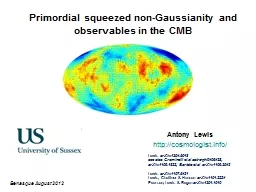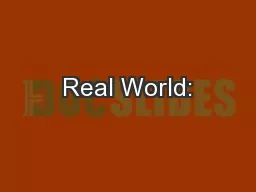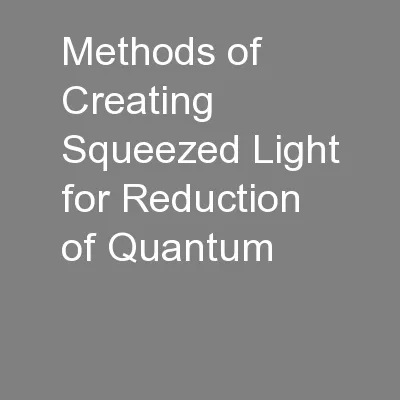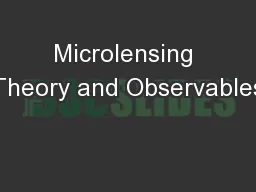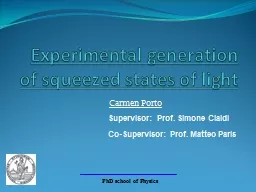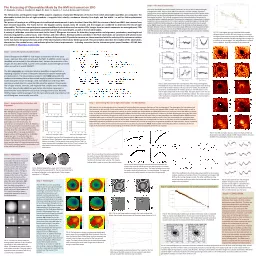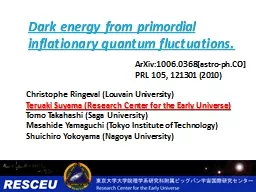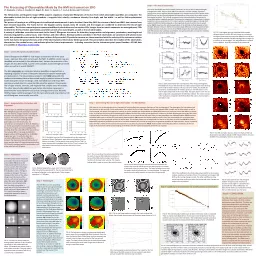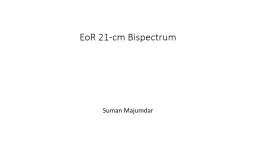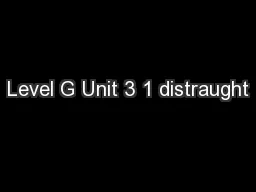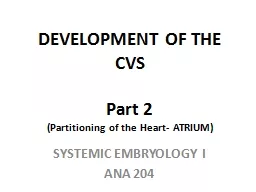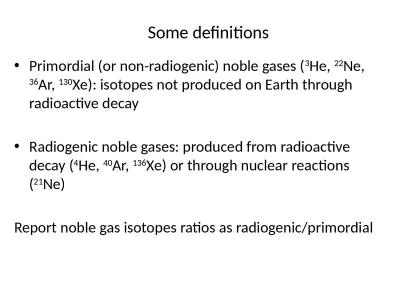PPT-Primordial squeezed non-Gaussianity and observables in the
Author : sherrill-nordquist | Published Date : 2016-07-18
Antony Lewis httpcosmologistinfo Lewis arXiv12045018 see also Creminelli et al astroph 0405428 arXiv11091822 Bartolo et al arXiv11092043 Lewis arXiv11075431
Presentation Embed Code
Download Presentation
Download Presentation The PPT/PDF document "Primordial squeezed non-Gaussianity and ..." is the property of its rightful owner. Permission is granted to download and print the materials on this website for personal, non-commercial use only, and to display it on your personal computer provided you do not modify the materials and that you retain all copyright notices contained in the materials. By downloading content from our website, you accept the terms of this agreement.
Primordial squeezed non-Gaussianity and observables in the: Transcript
Download Rules Of Document
"Primordial squeezed non-Gaussianity and observables in the"The content belongs to its owner. You may download and print it for personal use, without modification, and keep all copyright notices. By downloading, you agree to these terms.
Related Documents

